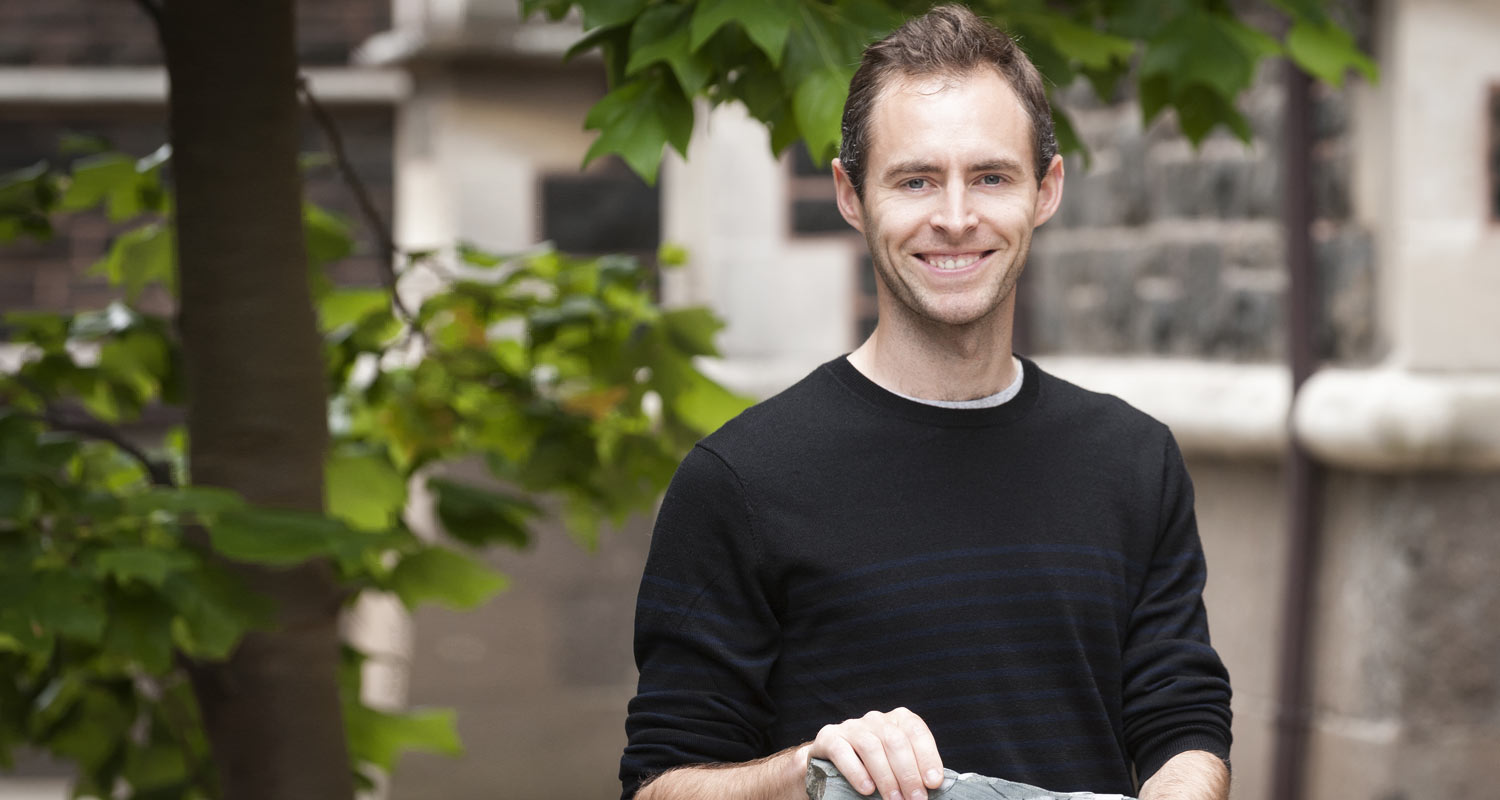
Fault finding
If you want to understand earthquakes better, try to recreate their effects in a laboratory.
That's the thinking behind research Dr Steven Smith (Geology) is undertaking in collaboration with geologists in Italy and the United Kingdom.
Smith has received a Marsden Fund Fast-Start grant to research whether earthquake faults have been subject to “fast rupture or slow creep”.
The grunty part of the research is being carried out at the National Institute of Geophysics and Volcanology in Rome, using two powerful fault simulators, each about the size of a small car.
“These are machines that slide pieces of rock past each other to simulate the sliding of the crust during earthquakes,” Smith explains.
“The machines can do the sliding either very slowly or very quickly, depending on what type of earthquake we are trying to reproduce. As the rock pieces are sliding past one another, we can measure a whole bunch of things, like how hot they get, whether they emit gas, and how strong or weak they become.
“We have great facilities and expertise here in Otago to carry out the non-experimental parts of the project,” Smith says. This includes using a scanning electron microscope in the Otago Centre for Electron Microscopy that allows researchers to look at samples up to 100,000 times larger than real size.
The experimental samples will then be compared with natural rock samples from fault zones in New Zealand and Italy.
“If we want to prepare ourselves better for earthquakes, we need to carry out more basic research into what happens along faults during earthquakes.”
